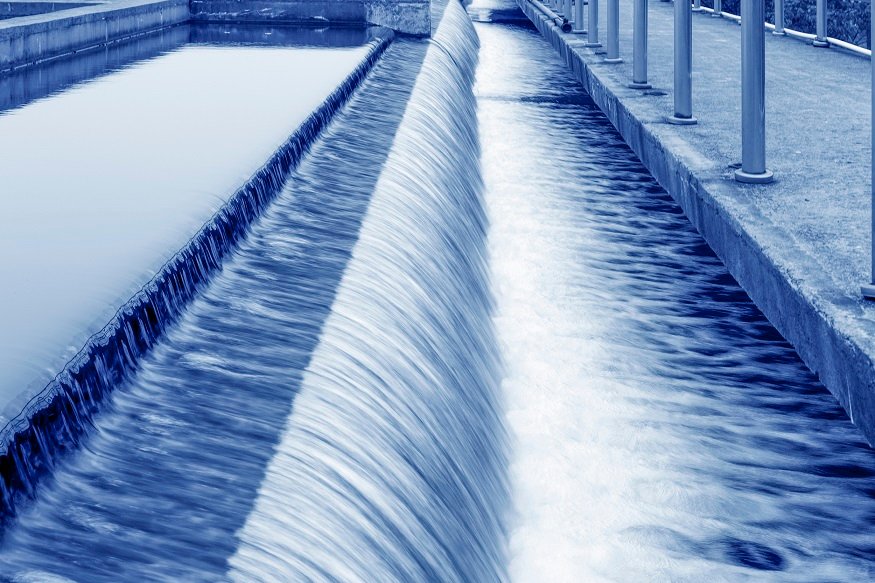India’s Ministry of Environment, Forest and Climate Change has published the draft “Liquid Waste Management Rules, 2024” on 7 October 2024 and is seeking comments for 60 days. Based on the principle of Extended User Responsibility (EUR: Extended User Responsibility), coined after the Extended Producer Responsibility (EPR), the draft rules stipulate obligations such as registration and submission of annual returns for companies, public institutions, commercial establishments and residential areas that discharge wastewater. Depending on the industry, there is also the duty to reuse wastewater. Once promulgated, it is expected to enter into force on 1 October 2025.
Industries having water consumption of more than 5000 liters per day or pollution load of biological oxygen demand (BOD) more than10 kg per day are subjected to the provisions. Below are the main duties of industries covered in Chapter IV:
- Registration: Register on the web portal (to be developed).
- Effluent standards: Comply with the effluent discharge standards outlined in the Environment Protection Act, 1986 (and its rules) and the Water (Prevention and Control of Pollution) Act, 1974.
*No new effluent standards in the draft rules. - Zero Liquid Discharge systems: Ensure that no liquid effluent is discharged outside the industrial premises.
- Consents: Obtain and adhere to Consent to Establish (CTE) and Consent to Operate (CTO)
- Clean technology: Adopt cleaner production technologies, process modifications, and advanced treatment technologies to reduce effluent volume and pollutant load.
- Training: U1ndertake regular training and capacity building for staff on effluent management.
- Emergency plan: Develop and implement an emergency response plan.
*Details of emergency response plan remains unknown. - Reuse of wastewater: For thermal power plants, pulp and paper, textile, iron and steel industries, achieve the minimum reuse of treated wastewater in respect of total freshwater consumption as noted in table below.
- Monthly & annual returns: File monthly and annual returns in respect of water consumed, wastewater generated, wastewater treated, etc.
TABLE: Minimum use of treated wastewater
(For thermal power plants, pulp and paper, textile, iron and steel industries)
| Year 2027-28 | Year 2028-29 | Year 2029-30 | Year 2030-31 and onwards |
|---|---|---|---|
| 60% | 70% | 80% | 90% |
No.8 of above “Reuse of wastewater” can be fulfilled by treating the wastewater at the on-site wastewater treatment plant, or by purchasing EUR certificates from wastewater treatment plants, similar to the EPR system for various products. Trading of EUR certificates will be available on the portal, where the duty will be deemed fulfilled upon submission of information on certificates that correspond to the minimum reuse of wastewater.
EnviX Comment
Several EPR rules for products have been in force since 2022, while a few more drafts have been published. With regards to factories and industries, EPR for base oil and lubricant was promulgated in 2023 and is now in force as well. An overview of the current rules is hereby summarized below.
- In force: Plastic packaging, battery, electric and electronic equipment, tyre, base oil and lubricant
- Drafting stage: ELV: End-of-Life Vehicles (Date of enforcement unknown), Construction and Demolition Waste (Date of enforcement unknown), Non-ferrous products (Expected to come into force on April 1, 2025), Wastewater (Expected to come into force on October 1, 2025)
Download the draft rules here:
https://egazette.gov.in/writeReadData/2024/257748.pdf
 India Drafts Liquid Waste Management Rules
India Drafts Liquid Waste Management Rules 

























